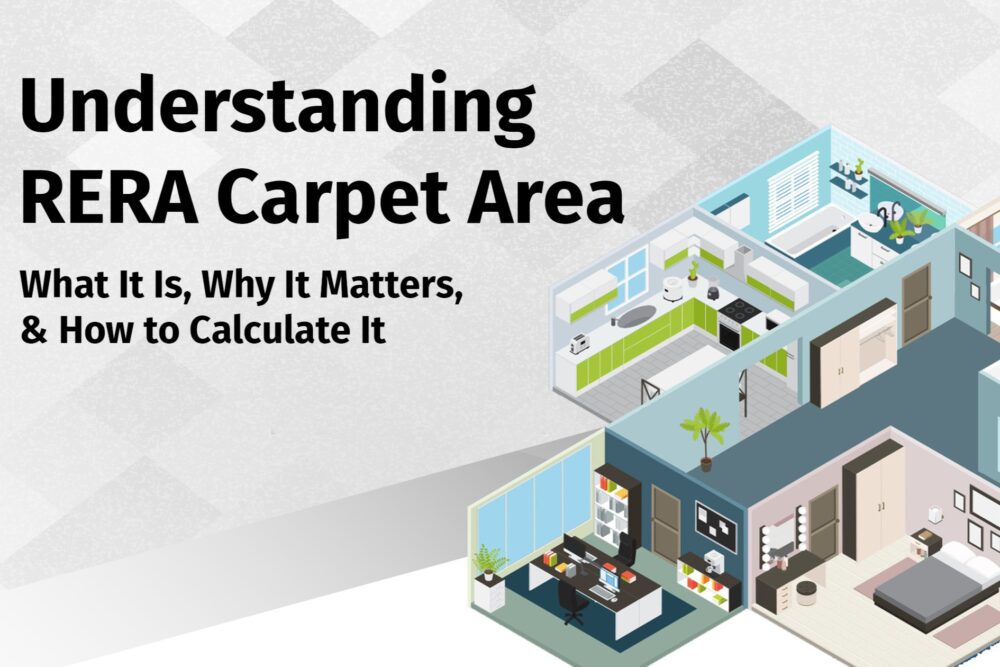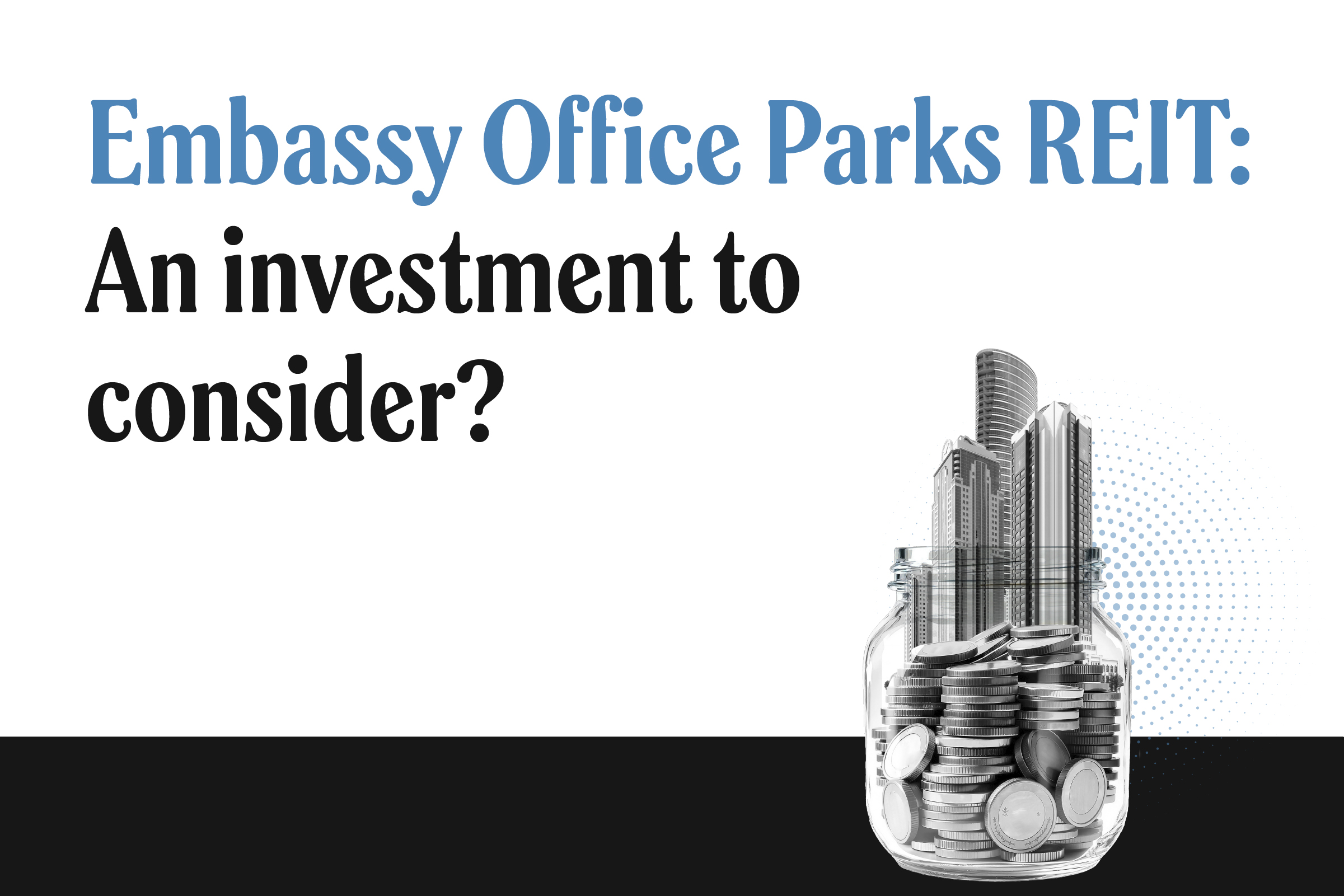Many of us dream of owning a home. This aspiration, along with the fact that real estate investments offer good risk-adjusted returns, is a big reason why they are considered an attractive option. While owning rental property is the conventional route, there are also other ways to invest in real estate, to generate passive income and maintain a diversified portfolio.
Fractional ownership through avenues like real estate investment trusts (REITs) and real estate limited partnerships (RELPs) has started gaining popularity in India. These are indirect ways of investing in real estate. REITs function similarly to mutual funds; in that these companies allow an investor to pool resources in properties with others, without actually owning or managing the property. Typically, the company will collect rent on the space it leases, out of which shareholders get dividends. They are liquid and promise stable income but the scope for a rise in market price could be limited.
In the case of RELPs, a general partner — usually a corporation, real estate development firm or property manager — who bears the major risk and day-to-day responsibility comes together with a group of outside investors who take on liability commensurate to their contribution. They form a company and then buy property — possibly in a niche like a shopping centre, retirement home, commercial plaza and so on — the returns from which are divided among the investors in the agreed-upon proportions. RELPs often have a fixed term and aren’t easy to pull out of spontaneously, and could be a high-risk, high-return investment.
What sets the two apart is that REITs are listed publicly and regulated by the Securities and Exchange Board of India (SEBI), while RELPs are held privately. RELPs, while they are less liquid, offer more control over operations, which makes them attractive to ultra–high net worth individuals or institutional investors. On the other hand, REITs are considered more suitable for individual investors.
Those investing in REITs may want to make sure that the property comes under the Real Estate Regulatory Authority (RERA), especially if it is still under construction. Getting an expert on board to keep a check on balance sheets and solvency ratios could also be helpful. When it comes to investing in RELPs, vetting your co-investors and doing a background check could prove useful.
Overall, fractional–real estate ownership gives stable dividends while largely reducing the hassle of property management, and while capital appreciation is never guaranteed, these options make it possible for those issues to be managed by professionals. Investing in REITs or owning a physical property are generally regarded as safer options, but it is still important to make decisions that you’re comfortable with. Our MoneySign® assessment, for instance, can help you gauge your financial behaviour and understand your compatibility with asset classes.
At the end of the day, while the way of investing in real estate might differ, the underlying asset remains the same. Real estate will always be a core component of asset allocation and financial planning. Choosing your investment wisely is crucial, and if the property you’ve invested in is not yielding returns, shifting to a better-performing asset is your best bet. It is also worth noting that real estate is a long-term investment, and no matter how you go about it, there is merit in looking at a horizon of at least 10 years for yielding returns.








